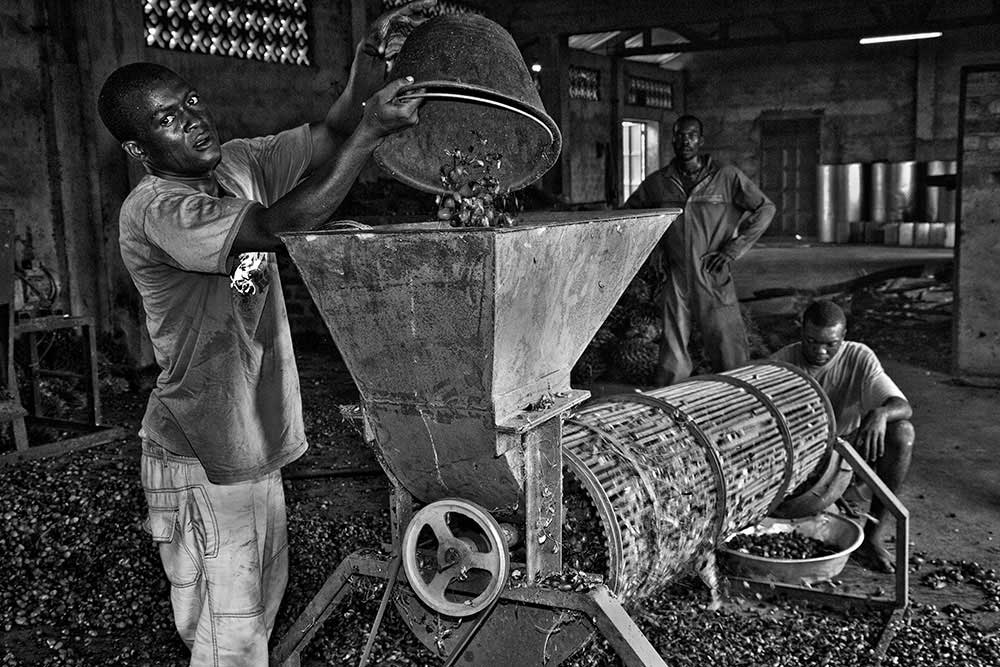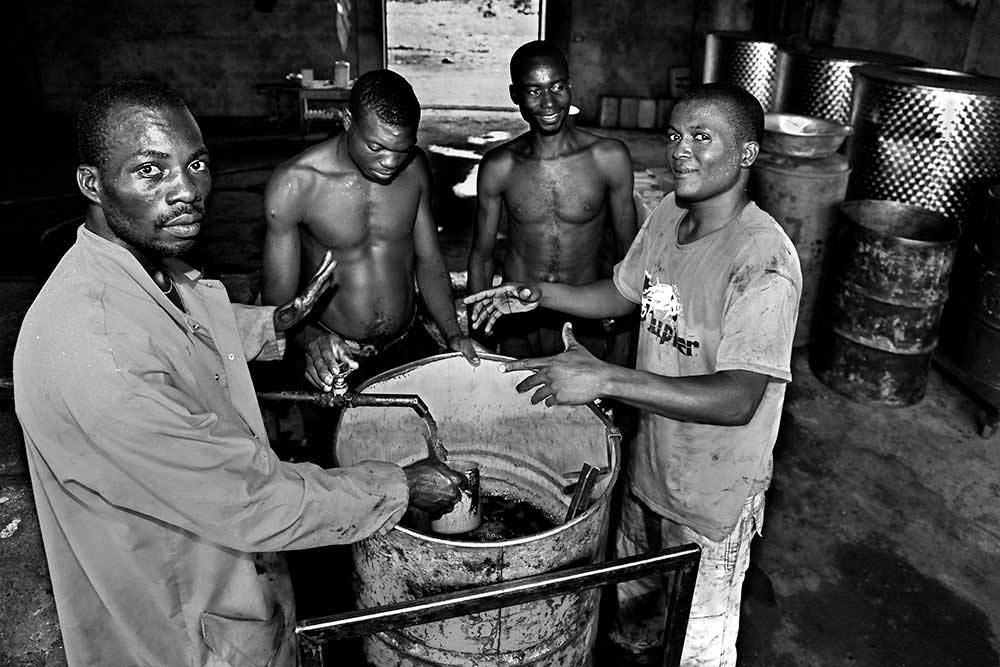Have you ever wondered why photography was invented in B / W and not in color? The answer is simple: no one has been able to!
Photography, which was born in the full Impressionist period, experienced the lack of color as a defect. Since its inception it has always wanted to be in color, in fact Niepce and Daguerre, who are the great historical fathers, had already made experiments in this sense without succeeding in their intent. Later the invention of chemical toning, the manual coloring of the prints and the slides made with colored potato starch failed to give complete satisfaction.
So we had to “settle” with B / W for years and years, however, bringing its development to high artistic levels. In this way, B / W has become synonymous with photography, recognized and celebrated all over the world, even though photography has always had great difficulty in establishing itself as an art. Color still less being relegated to the common concept by amateurs.
I have always loved it and for twenty years I printed my images from color negative by hand, with the enlarger. I first learned to suppress the dominants due to the mask of the film and then instead use them to my advantage to give more expressive tones to my prints.
Slowly I learned, during the printing process, to vary the colors by zone as well as to balance the lights and the shadows to leave my imprint, a manifestation of personality.
Then, in 2003 – for me – the film died. The digital age has begun. I put all my experience as a printer in the dark room in the post-production in the light room, managing to convey my feelings in this way.
But digital has made photography easier and easier, too easy. Thus, for example, thousands of increasingly strange and exceptional images arrive in competitions, often very beautiful. But the awarded photos are almost never the same, giving the feeling that the jurors are confused, in great difficulty, so much so as to reward insignificant works at the expense of others that are decidedly better from a technical and content point of view (I am not referring to my photos) .
For example, my color work, The production of palm oil in RCA, was often not even admitted but, as soon as I converted it to B / W, I immediately received an honorable mention in an important international competition. This confirmed my belief that it is the consideration of the medium and not the value of the works that commands the game. Among other things, the true B / W does not even exist anymore because it is almost always the conversion of color originals …
GiBi Peluffo
I did a lot of things in my career as an amateur before and as a professional after. From travel reports, to news, sports, current events but, given my vocation, I would like to be remembered as a humanitarian photographer. I worked for Emergency in Sierra Leone, Cambodia, Sudan and the Central African Republic. For Unicef in the Republic of Moldova, for the Children's Rights Forum of Chernobyl in Belarus and for the Carmelite Fathers of the Infant Jesus of Prague in the Central African Republic. Currently I perform studio portraits, wedding services, ballet in the theater, shows, advertising and tourism promotion for companies and municipalities. I take valuable photos of different genres dedicated to the production of websites for companies. Since 1994 I have continued to offer my personal photographic course which teaches how to see photographically.





















